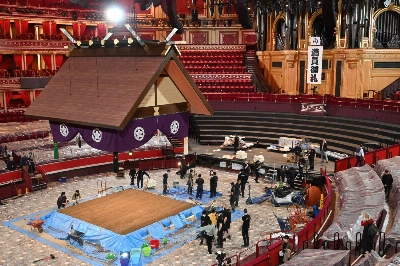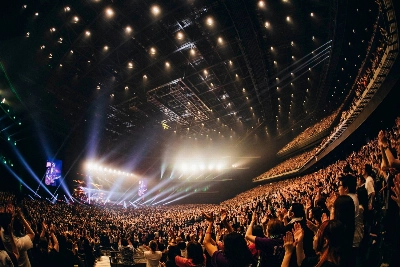Ethnic riots that erupted in the capital of China's Xinjiang region reveal the extent of resentment that the mostly Muslim Uighur people harbor against the Chinese government's policy toward them. The riots, believed to be the biggest ethnic unrest acknowledged by Chinese authorities since the establishment of communist rule in 1949, could deal a big blow to the leadership of President Hu Jintao. The situation in the western region indicates that it is becoming more and more difficult for the Chinese government to continue the repression of an ethnic minority in the name of "stability and unity."
According to the police authorities of the Xinjiang Uighur Autonomous Region, 156 people — 129 men and 27 women — were killed and more than 1,000 people injured in the Urumqi riots. The number of people detained reached 1,434. The death toll is expected to rise. The numbers of dead and injured have not been broken down into Uighur and Han Chinese people.
The riots were triggered by a Han Chinese attack on Uighur workers at a toy factory in Guangdong Province. Many Uighur workers were killed or injured. Sunday's riots invited a stronger reaction from Han Chinese. Tens of thousands of Han Chinese took to the streets in Urumqi in protest on Tuesday. Reports said some of them attacked Uighur-owned businesses. A tense situation in the region is likely to remain.

















With your current subscription plan you can comment on stories. However, before writing your first comment, please create a display name in the Profile section of your subscriber account page.